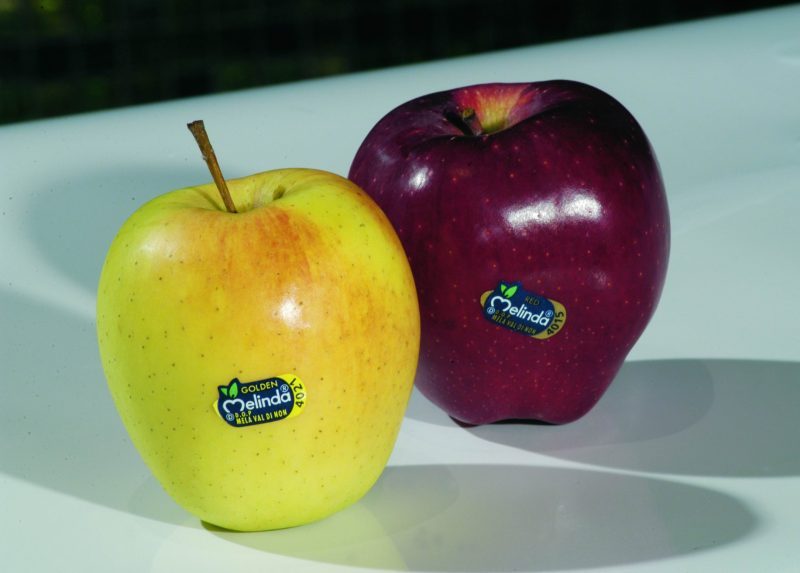The project was designed to transport the apples grown by the Italian brand Melinda from its preparation plant in Predaia in the Val di Non (Trentino) to one of the storage centres located inside a nearby mountain.
The project forms part of the Italian Government’s Recovery and Resilience Plan, and it will fund 40% of the cost of the project, that is to say, around 4 million euros.
The potential impact on Melinda’s environmental sustainability is very obvious. In 2024, the totally automated solution should allow Melinda to transport 40,000 tonnes every year. The plan will save around 6,000 trips by lorry or its equivalent of 12,000 kilometres of transport by road, which will significantly reduce its CO2 emissions.
The Chairman of Melinda, Ernesto Seppi, commented that “our aim is to offer high-quality agricultural produce and to reduce the carbon footprint of the fruit that we offer, and this project is the most suitable one for doing this.”
Each cable car cab, measuring 1300 m3, will transport three containers that are stackable to a height of 87 metres, up to Melinda’s exclusive storage facility, which occupies a space in the disused mine of Riomaggiore, in the depths of the Dolomite Mountains.
The system could transport 460 containers or 150 tonnes of apples per hour at a speed of five metres per second.
In comparative terms, in autumn alone, apple transporting needs ten lorries to make a total of 80 trips per day, each of them carrying 36 containers. And then, during the following nine months, 15 trips per day are needed.
Melinda, which uses the inside of mountains for storage, plans to extend this capacity, meaning that the cable car project has become incredibly important for the Italian company.
A fundamental aspect involves the implications that it will have on the population in the area in general, and particularly on tourism, transforming an industrial innovation into an instrument that brings value to the region. Soon the tourists will be told “the history behind each apple and the efforts made by the producers to make the activity as sustainable as possible,” the chairman adds.























